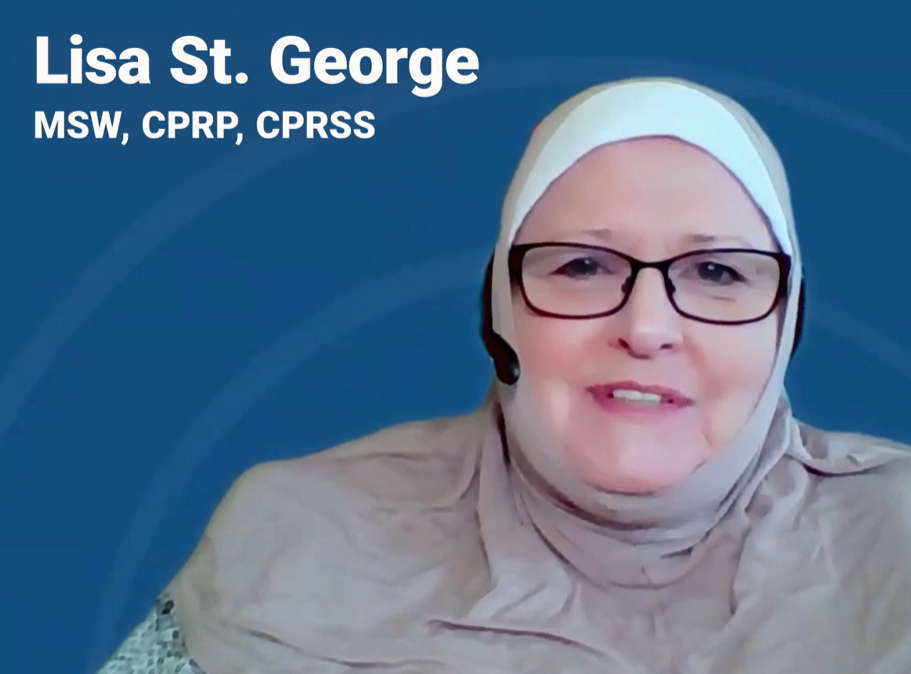
Behavioral health providers often support people during their hardest moments. When a client dies by suicide, the impact can be profound for individual clinicians and for the organizations that employ them. A clear, compassionate, evidence-informed plan helps teams respond, support one another, and reduce the risk of additional harm. The post below is a summary of information provided by the American Foundation for Suicide Prevention’s (AFSP) 2024 resource After a Suicide: A Postvention Toolkit for Workplaces and outlines practical actions that can be adapted for health systems, clinics, and solo practices (AFSP, 2024).
Why this matters
Suicide is one of the leading causes of death in the United States and remains a significant concern for Veterans. People working in behavioral health settings are more likely to be affected by a client death by suicide, yet any workplace can experience such a loss. Postvention complements prevention. Workplaces should develop a structured and humane response that supports grieving staff, keeps operations safe, and reduces the risk of suicide contagion among vulnerable groups (AFSP, 2024). “Suicide contagion” refers to suicidal behavior in one person or setting increasing risk for others (CDC, 2024).
Immediate priorities in the first days
The AFSP toolkit recommends activating a Crisis Response Team, confirming facts, coordinating sensitive communications, and ensuring rapid access to mental health support for staff. A short checklist for the first week includes daily supervisor check-ins, sharing grief and crisis resources, and adjusting workloads or schedules as needed. These steps help stabilize the workplace and identify colleagues who need extra support.
- Day 1: Activate the team, notify key staff, contact the family, hold brief staff meetings, and make support available 24/7.
- Days 2–4: Continue outreach, offer drop-in time with mental health professionals, share memorial details per family wishes, and debrief the response team.
- Week 2 and beyond: Keep checking in, monitor well-being, and transition from crisis response to longer-term recovery and prevention planning.
Core elements for organizations
- Build and train a Crisis Response Team. Include leadership, HR, legal, communications, IT, and a mental health professional. Define roles, practice the plan, and secure access to outside clinical expertise when needed.
- Use safe, consistent messaging. Share accurate information, follow the family’s wishes about cause of death, avoid method details, and always include help resources. Align internal and external communications and designate one media contact.
- Support staff with layered care. Offer grief counseling, EAP access, peer support, and practical accommodations. Prepare managers to recognize stress reactions and refer staff who are struggling.
- Memorialize safely and equitably. Treat all employee deaths within the same framework. Consider time-limited online remembrances, service projects, or participation in prevention activities. Avoid actions that could romanticize the death.
- Plan for long-term prevention. After the acute period, review policies and implement trainings that fit your setting, such as QPR, CALM, and ASIST. Make participation optional early on and integrate training into ongoing wellness efforts.
Video series
This video series highlights real experiences and practical guidance for providers coping with client suicide loss. Share with teams and supervisors as part of postvention planning.
Supporting Behavioral Health Providers: Resilience and a Path Forward

Marlon Rollins, PhD, LPCC, LMHC, shares personal and professional insights on suicide loss and resilience. He offers practical ways leaders can support providers and build humane, realistic postvention plans.
Supporting Behavioral Health Providers: Peer Support and Meaningful Connections

Lisa St. George, MSW, CPRP, CPRSS, discusses how peer support, validation, and compassionate connection help providers heal. She frames postvention as a team practice that respects each person’s lived experience.
Supporting Behavioral Health Providers: Debriefing and Creating Safe Spaces

Bianca D. McCall, LMFT, covers stigma reduction, structured debriefs, and psychological safety after a client suicide. She offers steps for leaders to prepare teams and support providers with practical tools.
Supporting Behavioral Health Providers: Recovery and Strength in Vulnerability

Anna Leiber, LCMHC, NCC/CCMHE, explores personal and professional impacts of client loss. She highlights self-compassion, steady support, and respectful ways to honor the client while maintaining care quality.
The views and opinions expressed in these videos reflect each speaker’s perspective and experience.
How colleagues can support a provider who is grieving
Colleagues can help by checking in regularly, listening without judgment, and avoiding speculation or blame. Encourage use of EAP and peer support. Supervisors can adjust caseloads, provide coverage for difficult sessions, and create quiet time for paperwork or rest. Normalize a range of emotions and remind staff that seeking help is professional strength.
Language that reduces stigma and blame
Suicide is complex and rarely the result of a single cause. Clear, non-sensational language helps people cope and reduces contagion risk. Avoid method details, avoid glorifying the person or the act, and emphasize that effective treatments and supports exist. The AFSP toolkit includes sample scripts and talking points for teams to adapt (AFSP, 2024).
For teams serving Veterans
Many providers in our region care for Veterans and military families. Postvention principles are the same, but teams should be ready to connect staff and families with Veteran-specific supports such as the Veterans Crisis Line and local VA resources. Consider adding a CALM training to strengthen conversations about lethal means during recovery planning and postvention outreach.
Next Steps: Train with us
Our program offers QPR, CALM, and other suicide prevention trainings for anyone including clinicians, staff, and community members with no experience in these fields. Attend courses to build skills for recognizing risk, having direct safety conversations, and supporting safe firearm and medication storage during periods of elevated risk.
Get the source
Get AFSP’s After a Suicide: A Postvention Toolkit for Workplaces and adapt the checklists, sample emails, and scripts for your clinic or agency (AFSP, 2024).
